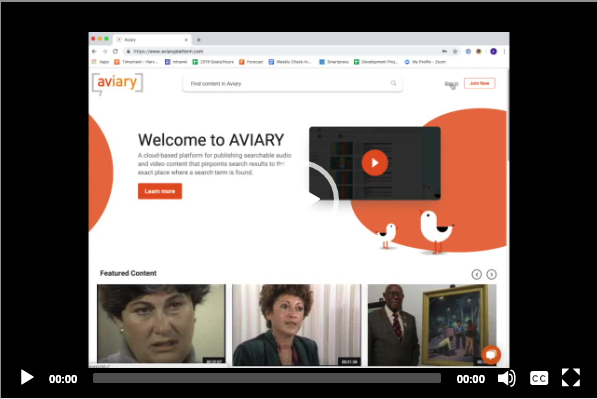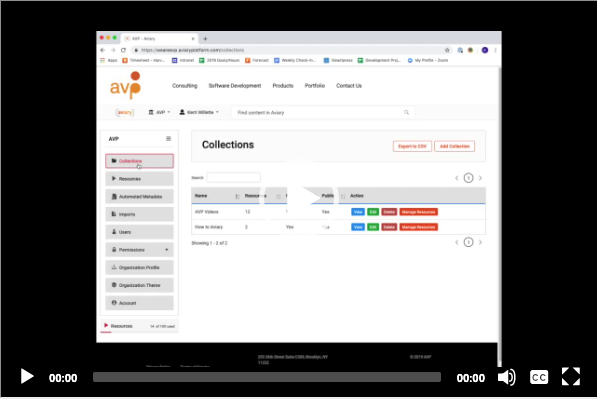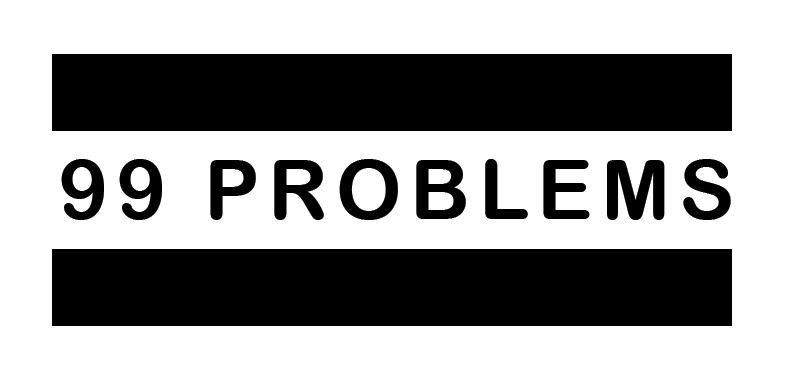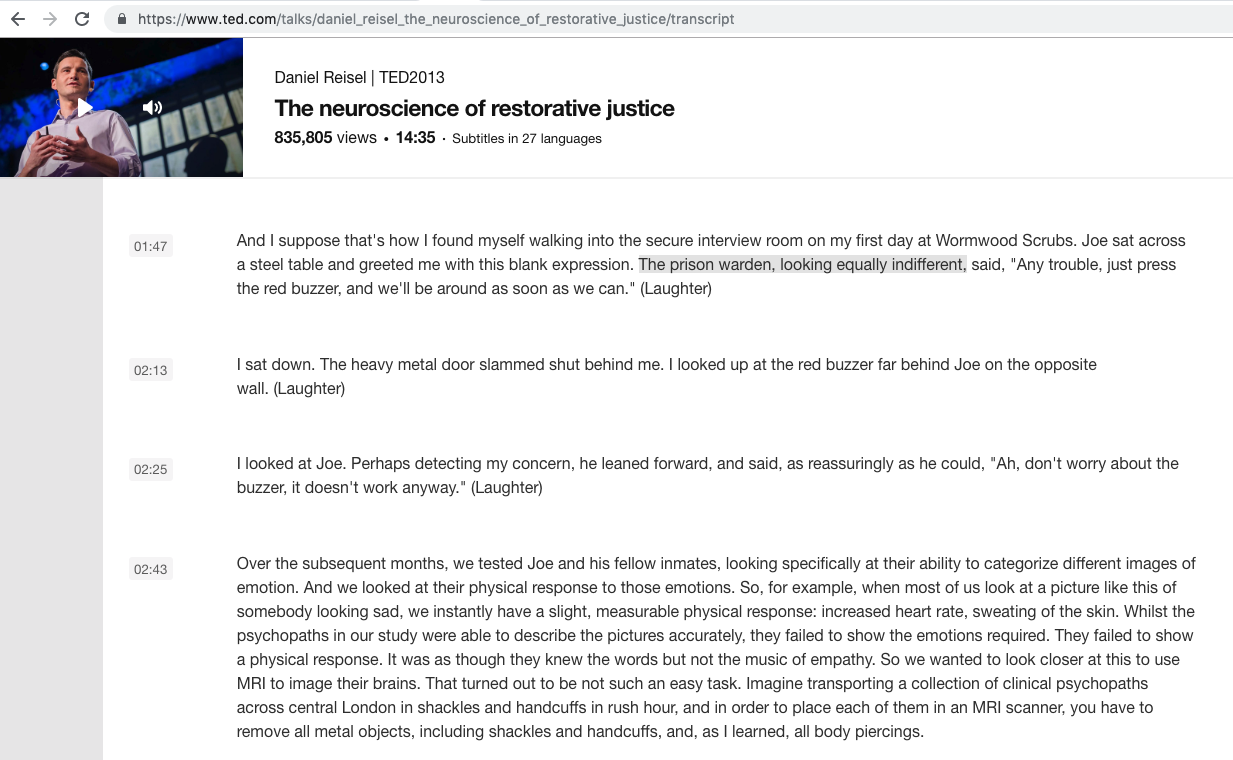Ignite

Introduction
Let’s talk about storage. I know, I know. Not the sexiest topic in the world. But, when it comes to your digital assets, thinking about storage and the various digital preservation actions that go along with it are core to the implementation, development, or enhancement of your digital preservation program. In this series of three blog posts, my goal is to communicate the value and need of digital preservation storage, the requirements to adhere to best practices, and provide some information and links to organizations that create and administer digital preservation storage standards.
[Read more]
How To: Succeed In An AV Digitization Project Without Really Trying1
[Read more]
In recent months at AVP, we’ve been engaged in a variety of projects that find us facilitating and organizing remote user tests, interviews, and workshops that help our clients improve user experience for their internal systems and workflows. We thought it might be useful to share some of the tools and techniques we rely on when conducting remote user experience work.
[Read more]
How to Bulk Import Resources to Aviary by AVP.
Although Aviary makes it very simple to upload one resources one at a time, there will most likely be cases when you want to import multiple resources into the system all at once. This is often the case when you are moving existing data or collections from one system to another. This process is often referred to as “bulk importing”.
Aviary lets you bulk import resources through two methods: OHMS XML Import and Aviary Package Import.
OHMS, or the Oral History Metadata Synchronizer, is a system used by many institutions that work with Oral History and interview collections. If you’re already using OHMS, you’ll find Aviary’s OHMS XML Import to be a quick and easy way to upload your content into Aviary. And if you don’t use OHMS, Aviary offers an import package that relies on CSV files for import.
However your data is stored, Aviary provides an option for you to import multiple resources at the same time. The above video will give you a quick overview of each of these import options, and more detailed documentation about each process is available through the Aviary User Guide.
How to Add a Single Resource to Aviary
[Read more]
How to Create and Configure a Collection
Lesson3, Part 1: How to Create a Collection

Lesson 3, Part 2: How to Configure a Collection

[Read more]

Welcome back to the…. newly renamed Bird is the Word series (formerly named 99 Problems)! This series focuses on how our new streaming platform Aviary is changing the game. Want to start at the beginning? Read here. Otherwise, if you are ready to get back to it, let’s go!
Introduction
In my last post, I looked at the Lack of Democracy Problem. This reflected on the reality that features like in-audio search and in-video search have been available to very few. Aviary changes all that by offering these features and a whole lot more to anyone and everyone. In this post I am shifting the focus from who has access to what is being published.
Using text-based search as a reference, users wouldn’t expect to use one search engine for newspapers, another for websites, another for scholarly publications, and so on. We shouldn’t have this division when it comes to audio and video search either! When the what that is being published with in-audio and in-video search and navigation is restricted it creates a closed loop. The problem comes into play when we realize that in most use-cases users don’t want to search, find, and navigate content in closed loops. Users want their search results to show them a world of possibilities relating to their interests. The results should be presented so they can facet and prioritize quickly and decide what is useful and meaningful to them. So why does the closed loop problem happen?
Assume makes an…
There are implicit assumptions demonstrated by applications and platforms that utilize in-audio and in-video search which create the closed loop problem. What assumptions and which applications and platforms? Read on:
Assumption 1: Only one source of content is relevant. An example of this is TedTalks which publishes only TedTalks. This makes sense in terms of creating a brand but it isolates the content too – creating a closed loop. One of the major benefits of Aviary for consumers is that they can search across a broad array of content sources. One of the perks for publishers is that they can be discovered by audiences that hadn’t previously known of them.
Assumption 2: Only one type of content is relevant. For this example we can look to CastBox who has gotten a great deal of press over recent months about their in-audio search for podcasts. The loop is widened compared to the single source, but we’re still only playing within one type of content. Only publishers and consumers of podcasts benefit. Aviary doesn’t discriminate based on content type or favor one type of content over another. Publishers can publish broadly and consumers don’t have to go to 5 different applications to search for 5 different types of content.
Assumption 3: Only one media type is relevant. YouTube is a good example here. People that want to publish audio have to create a video out of their audio in order to publish it. On the flip side, CastBox only allows access to audio content. At best, these divisions create poor user experience. Aviary handles publishing and consumption of both audio and video with the nuance that each of these media types requires for publishers to offer compelling experiences and get consumers to engage fully.
Assumption 4: Everything is public. We can return to YouTube as an example here. YouTube assumes that everyone that uploads wants to publish publicly. For organizations with more complex permissions and access policies this won’t work. Aviary offers the public facing benefits of YouTube while bringing a robust set of permissions and access controls to meet the most demanding requirements. And not only do we offer this for the audio and video, but also for the transcripts and index text. If you can think up a permissions scenario, Aviary can do it.
Assumption 5: Everything is private. Players like Panopto and their Smart Search application are internal facing. Most organizations have complex permissions and access policies that require robust support for both public and private use-cases. Aviary responds to this reality by offering a sophisticated set of controls that allows publishers to define exactly when, where, and how their content is accessed while offering the same great user experience to both public and private users.
Assumption 6: Showing up in Google search results doesn’t matter. If you look at a platform like Kaltura, which features transcript creation, you’ll see that you won’t find those transcripts showing up in Google search results. In fact, most applications and platforms keep their metadata to themselves. It’s a form of keeping you and your users in their system. When publishers choose to make their content and transcripts public, Aviary exposes this metadata to Google so that search and discoverability is maximized.
Assumption 7: Everyone will come to them. Portals – systems that are built on the premise that users should come to them instead of them going to users – are a thing of the 90s and oughts, and that is where they should remain. Content and audience engagement requires fluidity in publishing and consumption. People need the ability to simultaneously centralize content and discovery while also being able to publish dynamically and broadly. On this front, every example application and platform given so far fails. Aviary implements a multi-faceted approach. We start by giving publishers the option to publish audio and video in Aviary from other streaming platforms. In other words, you can publish content that lives in YouTube, Vimeo, Soundcloud, and other places through Aviary, leverage the robust suite of Aviary features, and leave your content right where it lives. The benefits of breaking down silos without the need to migrate data. In addition to Aviary’s open-arms approach to other streaming platforms, publishers can use embed codes that allow for embedding the entire Aviary experience wherever you like. How sweet is that?!
Conclusion
Publishers no longer have to circumnavigate unnecessary walls. Consumers no longer have to deal with frustrating pointless divisions that only impede their ability to get to the information they want. Aviary breaks open the closed loop, turning it into a fluid and dynamic network and modernizing the publishing and search experience for audio and video content.
[Read more]
Welcome back to the 99 Problems series! This series focuses on the problems of current generation streaming platforms that are solved by Aviary, AVP’s next-generation platform for streaming audio and video content. (Did that sentence make you roll your eyes? Start here). Otherwise, if you are ready to get back to it, let’s go!
In the last blog post in this series I talked about the Lack of Democratization Problem which boils down to the fact that the feature set encompassed in Aviary was only available to those with sufficient resources and technical support. This meant that while many wanted to publish their audio and video content with a similar feature set that they couldn’t. Aviary solves that problem for the publisher of content by bringing the full suite of features (and more!) at an extremely affordable cost with little-to-no-need for technical support.
This post focuses on a related problem but from the perspective of the content and the consumer of information as opposed to the publisher. I am calling this problem the Closed Loop Problem.
As I have before, let me set the stage with an example of standard user-behavior and user-expectations from consumers of text-based information. Full text search is the most standard of user expectations today. Users do not only expect to be able to perform full text search only on certain content types or only with certain applications. People do not think twice before subconsciously clicking ctrl/cmd-f and taking off to navigate through a Word Document or Google Doc, PDF, web page, Slack workspace, spreadsheet, e-book, email, Powerpoint or Google Slides, Twitter, Facebook, and on and on and on. We do not expect to only be able to search through newspaper content, or books written by certain authors. We expect full text functionality in a universal way across all text-based content.
With audio and video it is quite a different story. Ted Talks requires consumers to go to the TedTalks website and use their website to be able to search through transcripts of TedTalks. audiosear.ch, a now seemingly defunct project, was focused only on podcasts and required you to go to their own search engine to search through the full text of podcasts. Rutherford Living History requires you to go to their website and only contains content that falls within the scope of their work.

Welcome back to the 99 Problems series! This series focuses on the problems of current generation streaming platforms that are solved by Aviary, AVP’s next-generation platform for streaming audio and video content. (Did that sentence make you roll your eyes? Start here). Otherwise, if you are ready to get back to it, let’s go!
Haven’t We Seen These Features Before?
People may look at Aviary and think that they have seen something like it before, raising the question of why this set of features deserves the label of “next-generation”. After all, TED Talks has searchable transcripts that are synchronized. WNYC public radio out of New York City had “audio search”, which uses searchable synchronized transcripts, for years. The American Archive of Public Broadcasting has a website that has searchable synchronized transcripts. The OHMS viewer* does a very similar thing as well. In fact, if you thought really hard about it you could probably come up with a dozen or so applications and websites that have used searchable synchronized transcripts. So, how in the world is Aviary “next-generation”?


TED Talks synchronized transcript feature American Archive synchronized transcript feature
First off, I’ll say that Aviary is a whole lot more than searchable synchronized transcripts, but that’s not the argument I’d like to focus on in this post. In this post I would like to focus on the fact that in each of the examples above there is either no point of entry for others, or as a best case, there is a high point of entry. For instance, TED Talks functionality is awesome…. for TED Talks and users of the TED Talks website. I’m sure there are lots of organizations that would love to use the same platform for their own content, but that’s not possible. The same is true for the American Archive for Public Broadcasting website. The similar features found on these websites are not packaged and available for other organizations or collections to use.
“Aha!” you say, “but what about the free and open source OHMS Viewer? That is available to anyone that wants to use it”. Yes, you are correct. However, there is a barrier to entry that proves challenging for many organizations, which is the setup and hosting of the OHMS Viewer. This requires access to affordable, available, and knowledgable IT folks to setup and then it requires ongoing resources for running and maintaining the server and application, not to speak of customization needs. For some, this is not a high barrier for entry. For many, it is.
In one way or another, every platform that you can think of with a similar set of features is either not available to the public at all, or requires heavy lifting in the way of technical resources and price tag.
Flippin’ the Script
So, while Aviary deserves the “next-generation” label for the full suite of innovative features it brings to the table, for the purpose of this post, it is the fact that Aviary brings these features to anyone and everyone in a simple user interface and at an extremely low cost that makes it “next-generation.” Aviary is purposely crafted to make it available to everyone, including small historical societies, community-based organizations, small not-for-profits, and small counties. In this case, Aviary is not “next-generation” because of what it does. It is “next-generation” because of what it does AND who has access to it. Follow our How-To series to see just how simple it is.
Problem # 2: Lack of Democratization. Status: Solved.

Want to see for yourself? Find out more about Aviary at weareavp.com/products/aviary or try Aviary for yourself at aviaryplatform.com.
Stay tuned for the next blog in which I’ll discuss a closely related problem, but one that focuses more on the content in the platform rather than the people using the platform: the Closed Loop Problem.
[Read more]
How to Customize Your Organization Profile and Theme
[Read more]
« Previous Page — Next Page »







